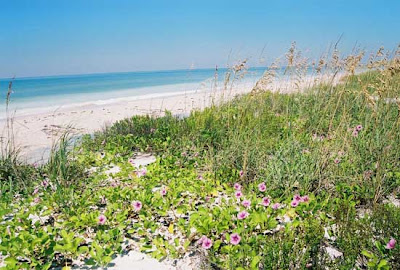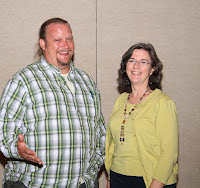Do Florida's State Parks Need Private Campgrounds?

Honeymoon Island State Park Passions are quickly rising to high levels over this issue. The public will have a chance to hear the facts as related by the DEP, and to give voice to their own opinions at meetings next week. FNPS member Jan Allyn has this to say: "Honeymoon Island State Park in Dunedin is on FDEP's list of parks that may get campgrounds. The goal, of course, is to generate revenue. Campgrounds require infrastructure--roads, parking, restrooms, trash disposal, etc. Those things will be installed at the expense of the natural environment, inevitably, and will fundamentally change visitors' experience of the park. Is the addition of a campground at Honeymoon inevitable? Possibly. But even if it cannot be prevented, the public's input is invaluable in determining what type of camping will be allowed, and the size of the footprint that results. It could make the difference between what the state allows: low-impact tent camping or 30-foot-long RVs with noi





